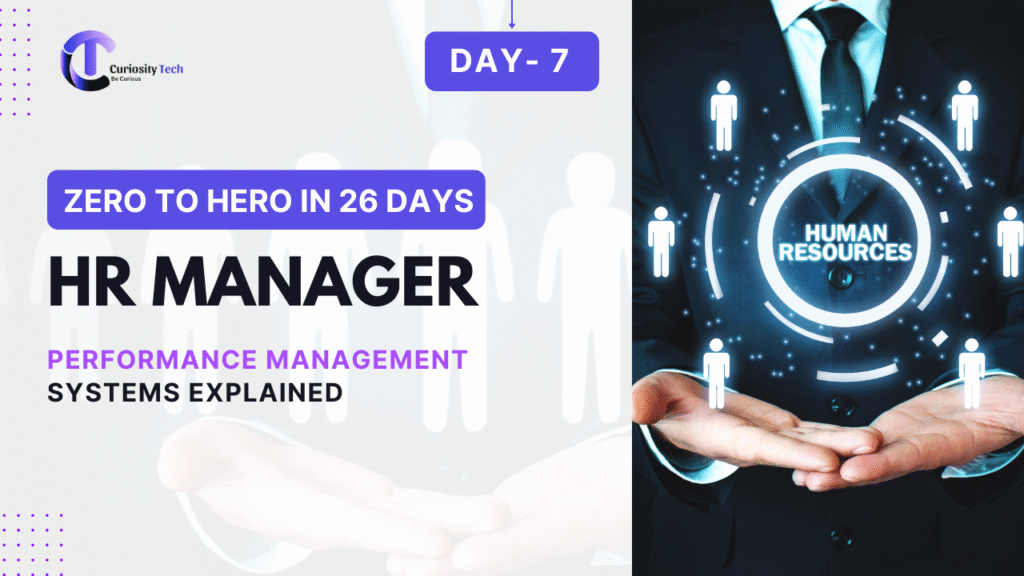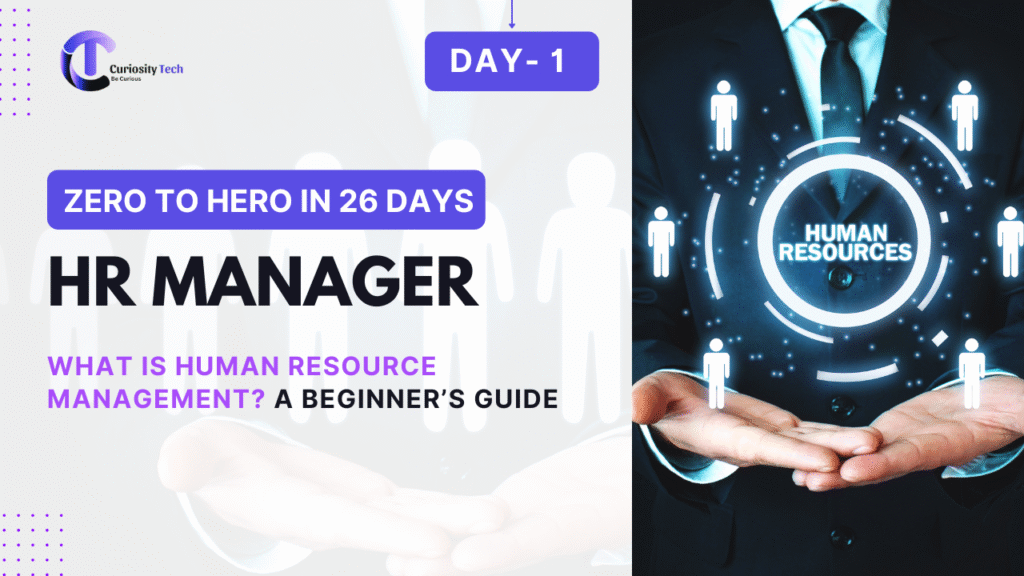Opening Story: Why Performance Management Still Matters in 2025
In 2010, most companies measured performance once a year — a single appraisal, often filled with bias, anxiety, and paperwork. Fast-forward to 2025: businesses like Curiosity Tech in Nagpur can no longer afford yearly reviews. With hybrid work, AI-driven data, and fast-paced projects, performance management has transformed into a continuous, employee-centric system.
When one of Curiosity Tech’s engineering managers faced high attrition in her team, she didn’t blame the job market. Instead, she revamped the performance management system using real-time feedback, developmental coaching, and data insights. The result? Employee engagement scores jumped by 27% in just six months.
Performance management isn’t about ranking employees anymore. It’s about unlocking potential while aligning with organizational goals.
Frequently Asked Questions (FAQ Format)
Q1: What exactly is a Performance Management System (PMS)?
A PMS is a structured framework that ensures employees are working effectively toward organizational goals. In 2025, this system includes:
- Continuous feedback loops
- AI-driven analytics dashboards
- OKRs (Objectives & Key Results) instead of vague KPIs
- Employee development focus, not just evaluation
Q2: How is modern PMS different from traditional appraisals?
| Traditional Appraisals (Pre-2020) | Modern PMS (2025) |
| Annual review cycle | Continuous, real-time feedback |
| Focus on ratings | Focus on growth and skill-building |
| Paper-based / Excel tracking | HRIS-integrated cloud platforms |
| One-sided manager-driven | 360° feedback (peers, managers, self, even clients) |
| Delayed corrections | Instant recognition + course correction |
Q3: Why should managers care about PMS if HR handles it?
Because managers are direct enablers of performance. HR can design the system, but it’s the managers who coach, motivate, and align people daily. At CuriosityTech.in, managers are trained to be “performance coaches,” not just supervisors.
Q4: What are the mandatory elements of PMS every manager must know?
- Goal-Setting & Alignment
- Use SMART or OKR methods.
- Example: Instead of “Improve HR analytics,” a Curiosity Tech HR manager sets: “Increase employee retention by 12% using data-driven insights by Q3.”
- Use SMART or OKR methods.
- Continuous Feedback & Recognition
- Micro-feedback replaces yearly reviews.
- Tools: Slack-based check-ins, AI recognition apps.
- Micro-feedback replaces yearly reviews.
- Development & Training Integration
- PMS should connect with Learning & Development programs.
- Growth paths prevent employees from stagnating.
- PMS should connect with Learning & Development programs.
- Data-Driven Insights
- HR Analytics dashboards predict burnout, engagement dips, or high performers.
- Example: At Curiosity Tech, AI flagged early signs of disengagement in a remote team. The manager intervened before attrition spiked.
- HR Analytics dashboards predict burnout, engagement dips, or high performers.
- Fair Rewards & Compensation Linkage
- PMS feeds into payroll and incentives.
- Transparency in reward systems builds trust.
- PMS feeds into payroll and incentives.
Q5: How do technology and AI reshape PMS?
In 2025, PMS isn’t manual. Platforms like HRIS and ATS connect seamlessly:
- AI predicts employee turnover risk.
- Dashboards track OKR progress in real-time.
- Mobile apps allow employees to request feedback on the go.
- Integration with payroll ensures performance-linked pay without manual errors.
Conceptual Diagram – Performance Management Cycle
[Goal Setting] → [Continuous Feedback] → [Learning & Development] → [Performance Review] → [Rewards & Recognition] → Back to Goal Setting
(Visual suggestion: Circular cycle showing PMS as a loop, not a one-time event.)
Comparative Case Study: Curiosity Tech vs Traditional Firm
| Aspect | Traditional Firm | Curiosity Tech (2025) |
| Review Cycle | Annual | Quarterly + instant check-ins |
| Tools Used | Paper forms | Cloud-based HRIS & analytics dashboards |
| Employee Experience | Stressful, opaque | Transparent, growth-focused |
| Retention Rate | 65% | 87% (post PMS revamp) |
| Branding | Employer reputation average | Employer of choice in Nagpur IT sector |

Practical Checklist for Managers Implementing PMS
- Do I align employee goals with organizational vision?
- Am I giving timely, specific feedback instead of vague comments?
- Is training embedded into performance reviews?
- Do I use data insights or just gut feeling?
- Is compensation tied to measurable outcomes?
- Are my employees motivated, not micromanaged?
Narrative: From Manager to Performance Coach
One Curiosity Tech manager shared how her role shifted:
- Before: She only delivered ratings and salary changes.
- Now: She holds monthly one-on-ones, co-creates development plans, and encourages employees to self-evaluate.
- Impact: Employees stopped fearing reviews and started requesting feedback proactively.
This human-centered PMS approach transformed her from an evaluator into a mentor — a skill that today’s global HR leaders value immensely.

How PMS Shapes Careers & Business
- For employees: Provides clarity, motivation, and career growth.
- For managers: Builds leadership credibility and prepares them for HR leadership roles.
- For organizations: Drives productivity, engagement, and retention.
CuriosityTech.in integrates PMS deeply with employer branding. Employees often share on LinkedIn how feedback at Curiosity Tech helped them grow faster — indirectly boosting the company’s reputation and attracting top talent.
Conclusion
Performance Management in 2025 is not about “judging” employees but about building future leaders within the workforce. For managers, mastering PMS is like holding a key that unlocks both team potential and organizational growth.
Companies like Curiosity Tech (Nagpur, India) prove that when PMS evolves from paperwork to people-focused systems, it creates an ecosystem where performance, trust, and innovation thrive together.


